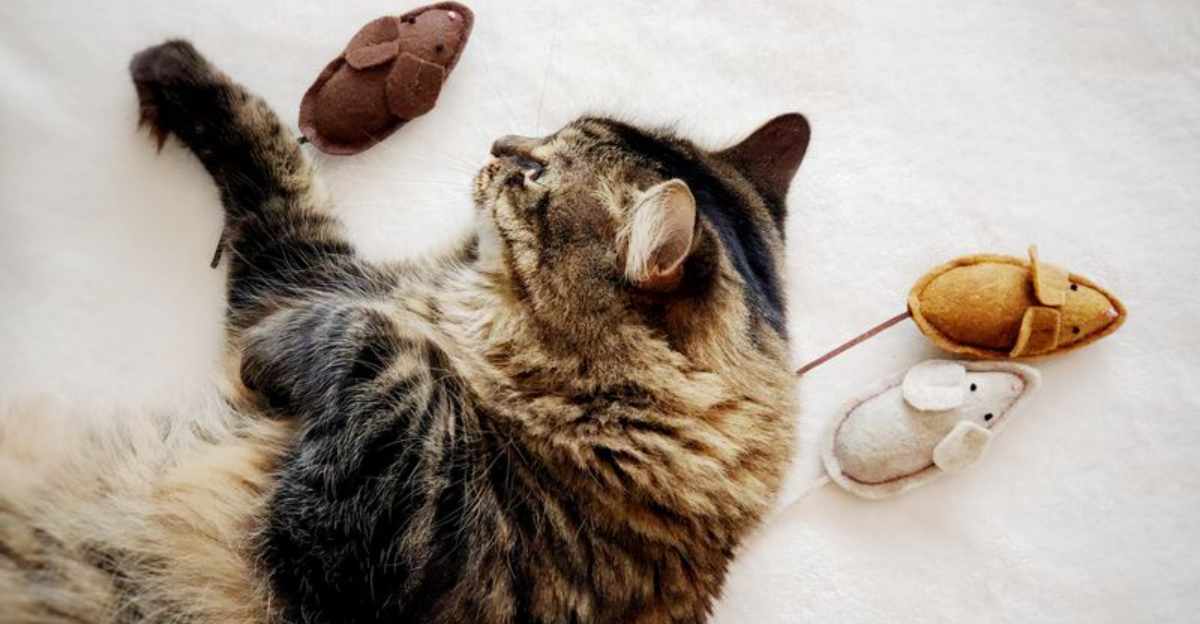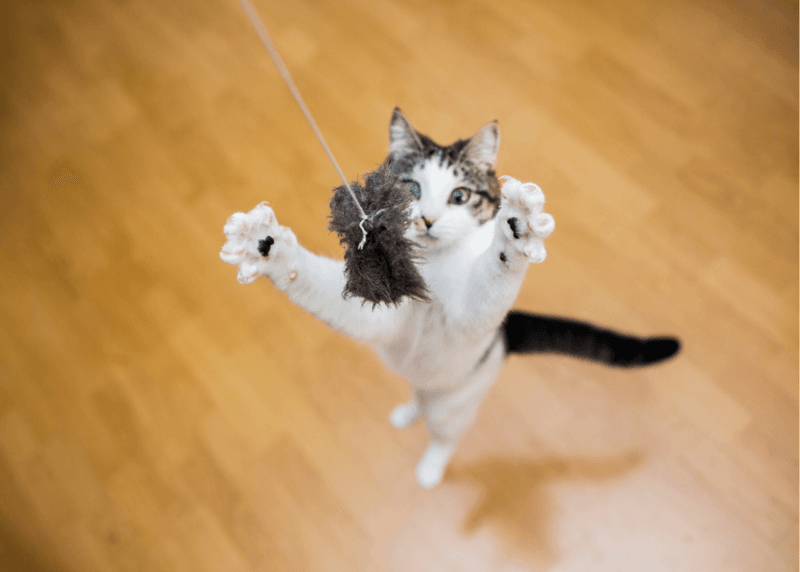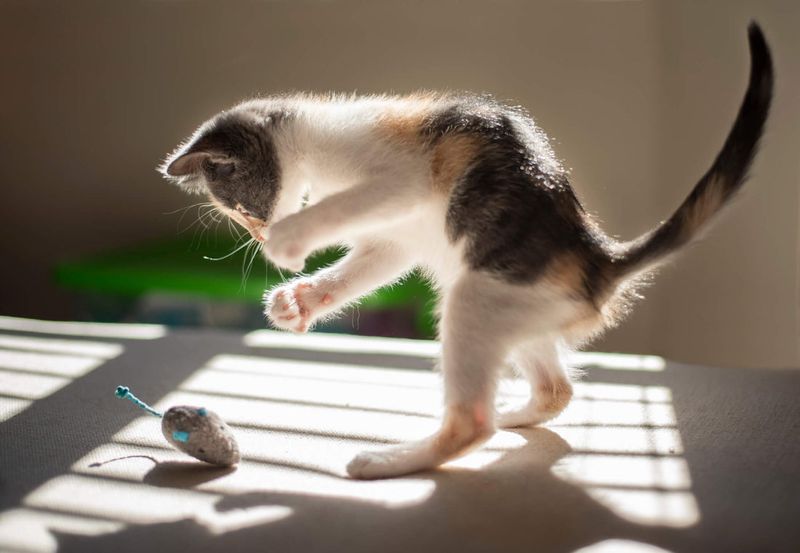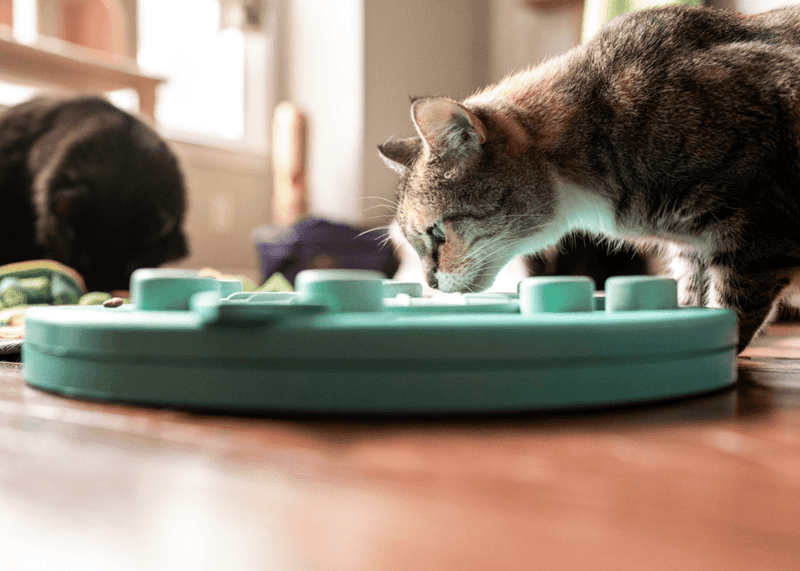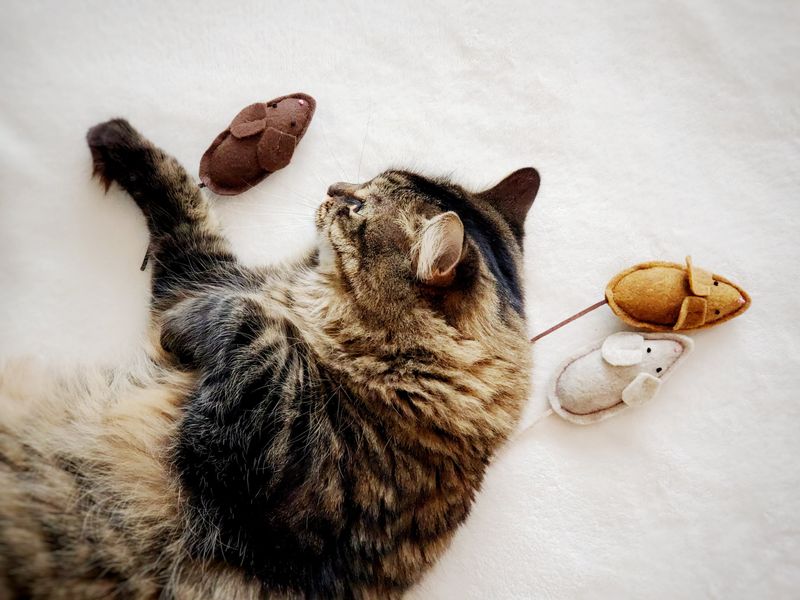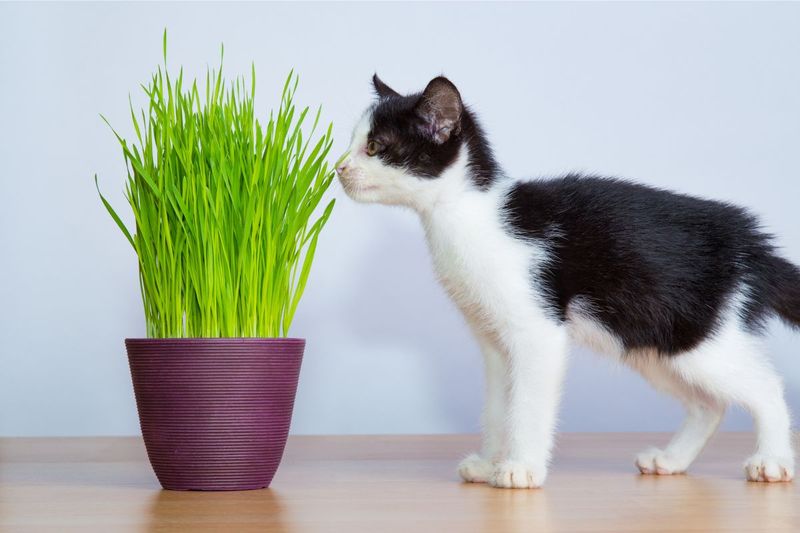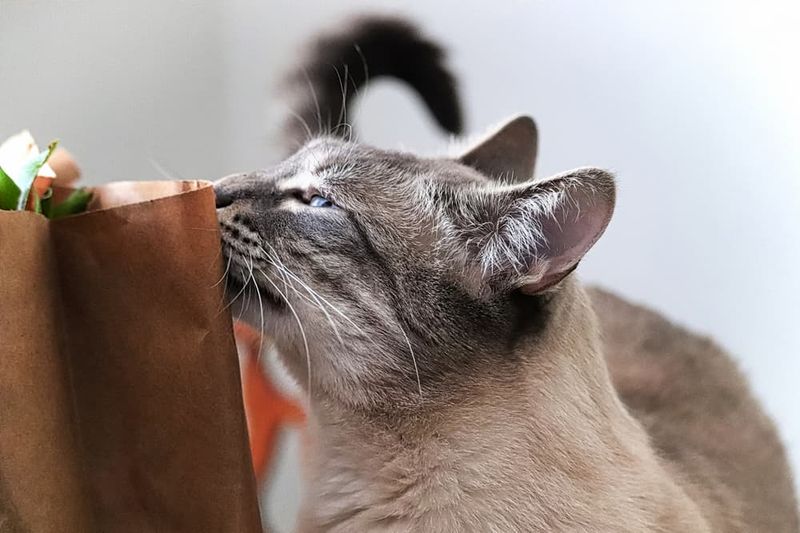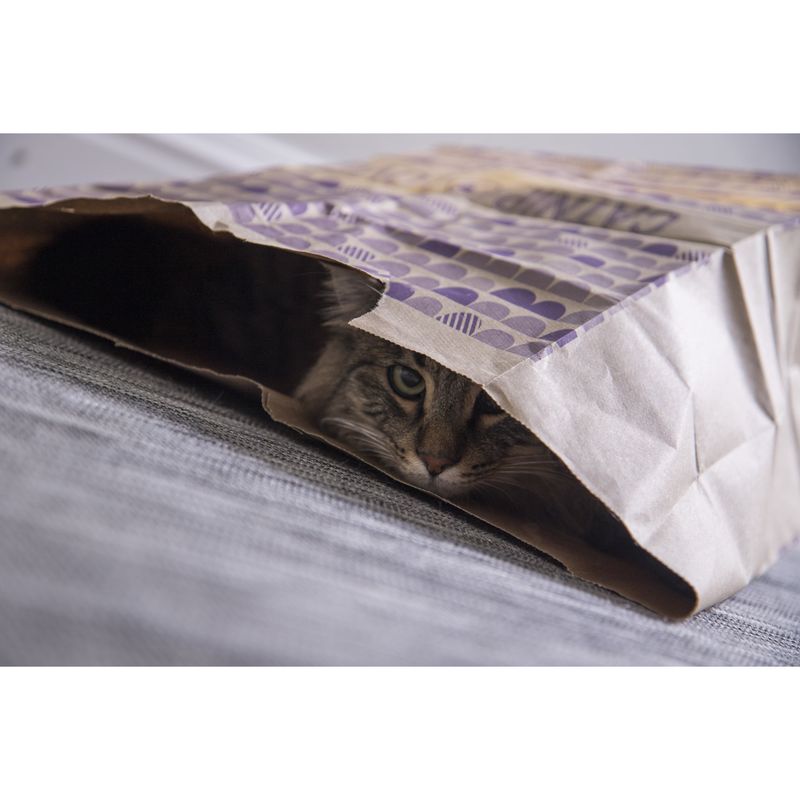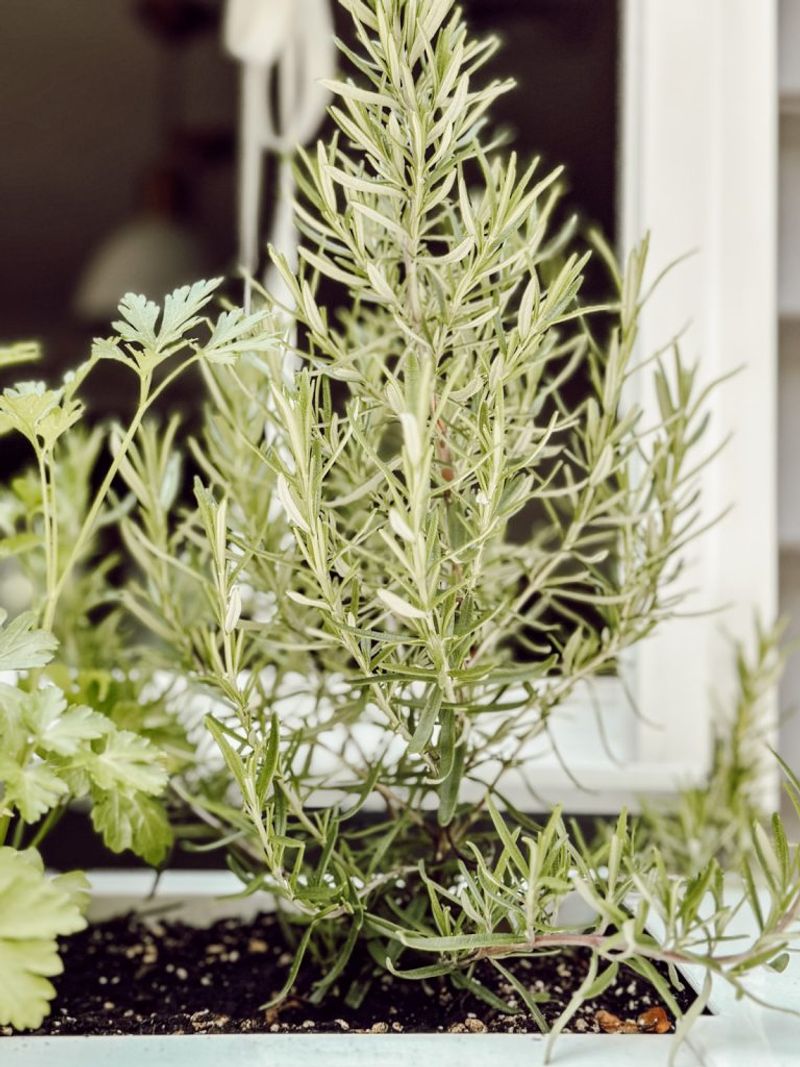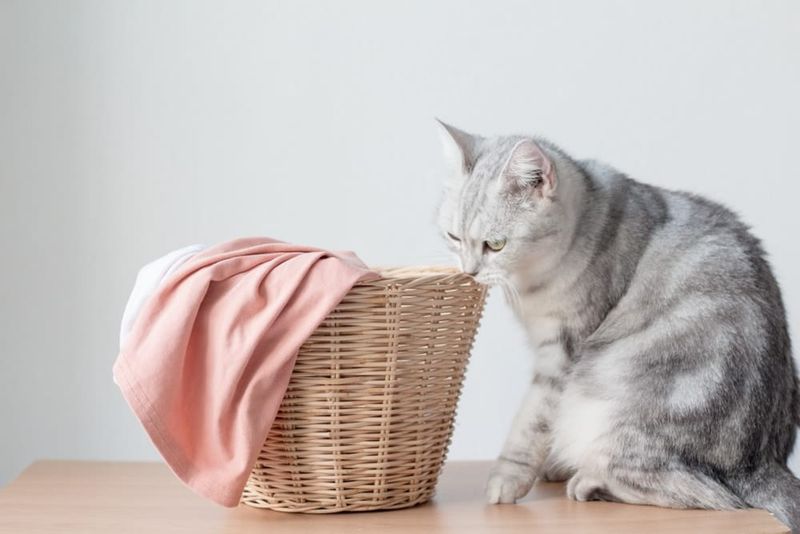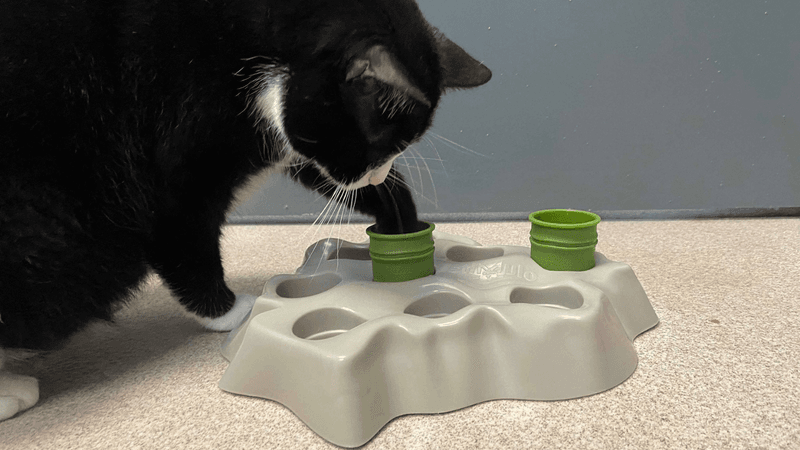📖 Table of Content:
Cats experience the world primarily through their noses. Their powerful sense of smell guides them through everything from identifying food and territory to forming bonds with people and fellow felines. While visual toys and climbing structures often take center stage in feline enrichment, scent is a vastly underutilized sense that holds tremendous potential for engagement.
Using scent-based activities not only satisfies your cat’s natural curiosity but also helps reduce boredom and stress. Whether you’re caring for an indoor cat or simply looking to deepen your pet’s quality of life, incorporating olfactory stimulation can bring about noticeable changes in behavior, mood, and interaction. By designing scent experiences that feel like little mysteries or discoveries, you’re giving your cat the chance to explore, problem-solve, and stay mentally sharp.
This article outlines ten creative and safe ways to use scent to enrich your cat’s daily routine. Each idea is tailored to stimulate their senses, provide playful challenges, and keep them engaged in their environment. All you need is a little imagination, a few household items, and an understanding of what smells intrigue and comfort your feline friend.
1. DIY Scent Trails
Begin with a simple piece of cloth or cotton ball lightly infused with a safe, feline-friendly scent like valerian root or silvervine. Slowly drag the item across various surfaces, including furniture legs, walls, or along a hallway floor. Your cat will likely follow the trail with intense interest, sniffing each step of the way as if tracking prey. This kind of play simulates hunting behavior and can engage even the most sedentary cats. To add variety, change the scent or the trail’s path each time you play. Try leading the trail to a hidden treat or favorite toy to reward the tracking behavior. Such experiences reinforce your cat’s natural instincts in a safe and entertaining way.
2. Scent-Swapped Toys
Rethinking how your cat experiences toys can rekindle interest in those long-ignored items. Before presenting a toy, rub it with a fresh scent like dried mint or chamomile to provide an olfactory twist. Each time your cat interacts with the toy, they’ll associate play with a new sensory discovery. Instead of buying new toys constantly, you’re simply reinventing the old ones through scent variation. This keeps their environment dynamic without cluttering your space. Introduce one scent per week so your cat has time to explore it fully before you switch things up. Watch how even a “boring” plush mouse becomes fascinating again when it smells unfamiliar.
3. Hidden Scent Puzzles
Encourage your cat’s problem-solving skills with hidden scent puzzles made from boxes, muffin tins, or puzzle feeders. Drop a cotton ball with a unique smell into one of several compartments and cover it slightly so your cat has to dig or nudge. The thrill of the hunt, paired with the satisfaction of discovery, mimics natural foraging behavior. This method is especially beneficial for indoor cats who lack outdoor sensory stimulation. Rotate between different scent sources to keep the challenge engaging and new. If your cat finds the hidden object quickly, increase the difficulty next time with deeper hiding spots or additional decoy smells. Consistent practice can improve focus and reduce anxious behavior through mental stimulation.
4. Catnip Sock Bombs
Toss a fun, aromatic surprise into your cat’s life by creating a catnip sock bomb using an old, clean sock. Fill it with dried catnip, tie off the end, and drop it into their play area. This simple toy offers a burst of familiar scent that most cats find irresistible. You might witness rolling, kicking, chewing, or drooling—signs that your cat is deeply engaged. These sock bombs can also be reused and refreshed by adding new herbs inside every few weeks. For a stronger reaction, warm the sock gently in the sun or on a safe surface before giving it to your cat. Always supervise the first few play sessions to ensure there’s no chewing through the fabric.
5. Herb Garden Exploration
Setting up a mini herb garden isn’t just for humans—it’s a natural playground for cats. Plant cat-friendly herbs such as rosemary, catnip, and valerian in small pots and place them in an accessible, sunny area. Allow your cat to approach and sniff them on their own terms, giving them full control of the interaction. Many cats will rub, roll near, or even lightly chew on the leaves, especially if they find the aroma pleasing. Make sure all herbs are nontoxic and chemical-free before offering access. This experience blends smell, texture, and a bit of taste, creating a multisensory enrichment zone. Rotate herbs monthly to maintain your cat’s interest and avoid scent fatigue.
6. Scent Swaps with You
Your own scent is a source of comfort for your cat, and you can make it part of their enrichment routine. Take a well-worn shirt or pillowcase that smells like you and place it in their favorite nap spot. This can help build a deeper bond or reduce stress during times of change, like travel or new furniture. Beyond familiarity, cats may become curious about the concentrated smell and explore it more intentionally. Try hiding a bit of catnip inside the folded fabric to make it more engaging. This subtle sensory game supports emotional security and reinforces your connection. Be sure to wash and rotate items to keep things fresh yet still recognizable.
7. Scent-Infused Paper Bags
Repurposing a paper bag into a scent discovery zone is both eco-friendly and fun. Drip a small amount of diluted valerian or mint extract inside and crumple the bag slightly to make it rustle. Place it open on the floor and watch your cat approach with cautious interest. The combination of a new scent and the sound of the paper can lead to extended bouts of sniffing, pawing, and diving. Always supervise closely to prevent accidental ingestion or tearing. Replace bags regularly and experiment with different scent sources for variety. These spontaneous “sniff boxes” can be set up anywhere, creating a new adventure each time.
8. Window Herb Boxes
Outdoor smells are highly stimulating for cats, and you can safely bring them closer by installing herb boxes near windows. Grow plants like catnip or thyme in an open-air planter and position it close enough for your cat to sniff when the window is cracked open or the screen is in place. This setup allows cats to engage with both scent and motion (birds, wind, etc.) in a controlled setting. The changing seasons and growing herbs provide evolving sensory experiences. Consider adding a perch or window seat nearby so your cat can watch and smell at their leisure. It’s a perfect passive enrichment zone that doesn’t require direct human involvement. Use this as a calming space during stressful times, like thunderstorms or vet visits.
9. Towel Time with a Twist
Introducing a new but safe animal scent is a great way to spark curiosity without the stress of direct introductions. Borrow a towel that’s been rubbed on a friend’s friendly dog or cat, and let your pet investigate it at home. Start by placing it on the floor and stepping back—let your cat take the lead. They may sniff, circle, or even bat at the unfamiliar scent source. It’s important to monitor their response and remove the towel if they seem upset or overstimulated. For added intrigue, place the towel near their food or favorite toy to create a scent association. Over time, you’ll learn which animal scents excite them and which calm them down.
10. Scavenger Hunts
Transform your home into a nose-powered playground by setting up scent-based scavenger hunts. Hide small sachets of catnip or valerian in different rooms, tucked under cushions or behind furniture legs. Encourage your cat to find them by pointing or leading them to the first one. Their instincts will usually take over, and the sniffing journey begins. This is particularly useful for high-energy cats who need a challenge beyond physical play. Change the hiding spots regularly and switch up the scent every few days to prevent predictability. These hunts can be a solo or shared activity, deepening your bond and sharpening their mental focus. Make it a routine part of playtime for lasting enrichment.
